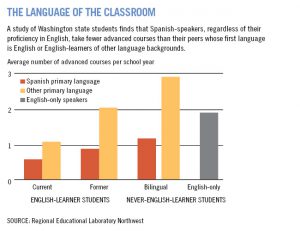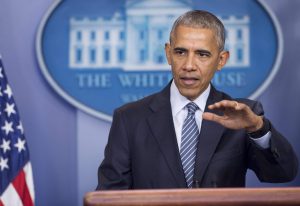 Last month, the United Nations General Assembly adopted a resolution on the rights of indigenous peoples, stressing the urgent need to preserve, promote and revitalize endangered languages, and proclaimed 2019 as the International Year of Indigenous Languages, inviting UNESCO to “serve as the lead agency for the Year.”
Last month, the United Nations General Assembly adopted a resolution on the rights of indigenous peoples, stressing the urgent need to preserve, promote and revitalize endangered languages, and proclaimed 2019 as the International Year of Indigenous Languages, inviting UNESCO to “serve as the lead agency for the Year.”
The text which is co-authored by the Plurinational State of Bolivia and Ecuador, and cosponsored by over 50 member states, draws attention to the critical loss of indigenous languages and the urgent need to take action at the national and international levels. It further encourages member states to work towards achieving the goals of the United Nations Declaration on the Rights of Indigenous Peoples (UNDRIP) to mark the tenth anniversary of the adoption of the Declaration in 2017.
UNDRIP was adopted by the UN General Assembly in 2007 with a majority of 144 votes in favor and only four votes against (Australia, Canada, New Zealand, and the U.S.). In May 2016, Canada officially removed its objector status and the other three nations have, to certain extents, removed their opposition. While it is not a legally binding instrument under international law, it does “represent the dynamic development of international legal norms and it reflects the commitment of the UN’s member states to move in certain directions,” according to the UN.
The declaration codifies “Indigenous historical grievances, contemporary challenges and socio-economic, political and cultural aspirations” and is the “culmination of generations-long efforts by Indigenous organizations to get international attention, to secure recognition for their aspirations, and to generate support for their political agendas.”
A system-wide action plan has been welcomed to ensure a coherent approach to achieving the ends of the UN Declaration on the Rights of Indigenous Peoples, encouraging the funds, programs, and specialized agencies of the UN system, resident coordinators, and UN country teams to implement this plan in full alignment with national development needs and priorities.
In his end-of-year statement, Álvaro Pop, chair of the UN’s Permanent Forum on Indigenous Issues, said that he was “pleased that Member States responded positively to our recommendation,” and we look forward to sharing details of the actions.

 Frances Stetson offers guidance to improve the educational experience for all at-risk students
Frances Stetson offers guidance to improve the educational experience for all at-risk students

 Universities across the U.S. are banding together to send a clear message of acceptance towards international students after the recent U.S. presidential election. The campaign began at Temple University in Philadelphia, PA with their YouTube video. According to the PIE news, the hashtag #YouAreWelcomeHere was originally used by Study Group, an international program aimed to help international students study in different parts of the world.
Universities across the U.S. are banding together to send a clear message of acceptance towards international students after the recent U.S. presidential election. The campaign began at Temple University in Philadelphia, PA with their YouTube video. According to the PIE news, the hashtag #YouAreWelcomeHere was originally used by Study Group, an international program aimed to help international students study in different parts of the world. “Tandem” is a relatively new language-learning app where language learners can chat with each other in order to improve their language skills. Users can have conversations with native speakers of languages including Spanish, Russian, Portuguese, Italian, French, English, German, Chinese and Japanese.
“Tandem” is a relatively new language-learning app where language learners can chat with each other in order to improve their language skills. Users can have conversations with native speakers of languages including Spanish, Russian, Portuguese, Italian, French, English, German, Chinese and Japanese. A new
A new 




